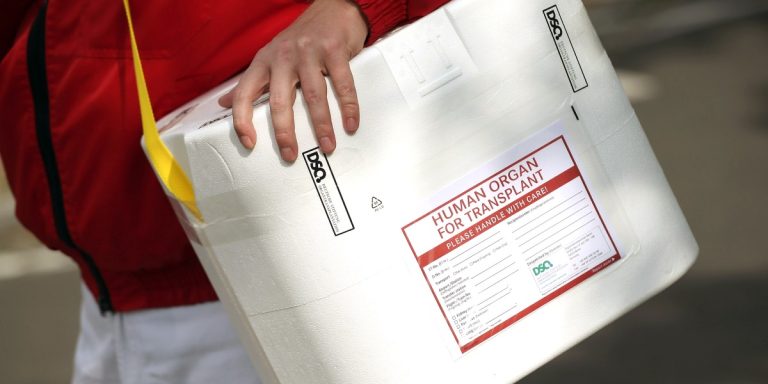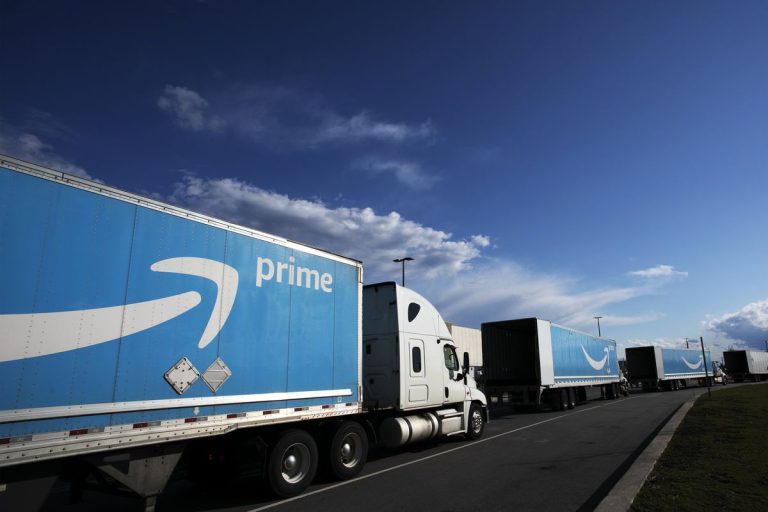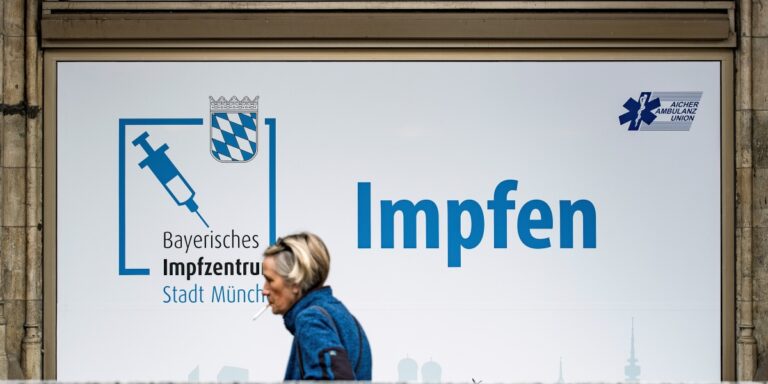
When you think about potential vectors for disease, Verizon probably isn’t the first thing that comes to mind. But this week, New York Attorney General Letitia James announced the findings of a three-year investigation into cooling towers on buildings throughout the state. It did not look good for Verizon.
“Verizon failed to maintain its cooling towers on buildings across New York City, causing the towers to spread Legionnaires’ disease, a dangerous and lethal form of pneumonia,” James said in a tweet.
The announcement of the findings, which reviewed Verizon’s cooling tower maintenance record starting in 2017, arrives amid two new clusters of Legionnaires’ disease in the US, including an outbreak in the Bronx that has so far killed two people and infected at least 24 others. The New York City Health Department has now connected these cases to four specific cooling towers in the Bronx’s Highbridge area, where the bacteria was found growing. The Health Department did not say who was responsible for monitoring the towers. The Covid-19 pandemic may have contributed to an uptick in these kinds of outbreaks, since the unexpected closure of buildings may have made it easier for bacteria to grow in water and plumbing systems.
Cooling towers like the ones used by Verizon are often placed on rooftops, and are typically used to cool down machinery, like air conditioning systems and telecommunications equipment. There are many types of infrastructure like this that private companies install in and around densely populated areas. Companies operating this kind of equipment are supposed to follow best practices to make sure their equipment doesn’t become a safety hazard. But when this infrastructure isn’t carefully maintained — and regulators don’t catch violations — it can become dangerous, and even lead to public health problems.
Legionnaires’ disease, which is caused by Legionella bacteria, is just one of them. The illness got its name after there was an outbreak of the disease at a convention for the American Legion, a veterans organization, in 1976. Although it’s often found in natural water sources, such as ponds, streams, and lakes, this bacteria becomes problematic when it finds its way into water systems that are built by humans, like hot tubs, sinks, and plumbing.
Once the bacteria starts growing inside these fixtures, it can spread through tiny drops of water, which, if inhaled, can infect a person’s lungs and cause pneumonia. Legionnaires’ disease can usually be treated with antibiotics, and the illness’s symptoms are generally hard to distinguish from other infections. The disease can be dangerous, however, for people with certain risk factors or conditions, including people over the age of 50 or people with cancer. The Centers for Disease Control and Prevention says that about one of every 10 people who catch Legionnaires’ disease die from complications. The disease is not transmitted from person to person.
Here’s where Verizon’s cooling towers come in: A cooling tower can spray into the air the water it’s using to cool the equipment. If that water includes Legionella bacteria, that bacteria can enter the air, too, where it can infect nearby people. These cooling towers are particularly concerning because they can operate at temperatures that are ideal for this bacteria’s growth, especially during the summer. These cooling towers are also everywhere, since they’re used to cool off everything from air cooling systems to machinery used for industrial processes and energy production.
“Electronic equipment puts out a ton of heat and they have to keep it at a cool temperature to work,” Brian Labus, an infectious disease epidemiologist and assistant professor at the University of Nevada Las Vegas School of Public Health. “Any time you have computer systems, which is what these places have, there is a ton of heat being produced, and they [have] to get rid of the heat — otherwise they’ll melt all their equipment.”
Buildings and companies that operate these cooling towers are supposed to take a range of steps to stop bacteria from growing, including repeatedly monitoring their equipment for potential infections. New York, for instance, passed state and local laws to regulate these towers more aggressively after 138 people were diagnosed with — and 16 people died from — Legionnaires’ disease during a 2015 outbreak in the Bronx.
After those laws were passed, the state attorney general’s office started investigating the owners of cooling towers to make sure they were following New York’s requirements.
According to the attorney general’s investigation, Verizon — which hires other companies to manage its towers — failed to regularly inspect its cooling towers, and failed to disinfect those cooling towers effectively after the bacteria was discovered. Overall, the company has racked up at least 225 violations at around 45 different locations throughout New York. Now, Verizon must pay a $118,000 penalty and adopt several new procedures to make sure it’s maintaining these towers safely. The company told Recode that it has admitted no wrongdoing.
“Legionnaires’ disease remains a deadly presence in areas across our state, particularly in low-income communities and communities of color,” James said in a statement on Thursday. “It is essential that companies such as Verizon are taking the necessary actions to avoid the spread of this preventable and lethal disease.”
Outbreaks of Legionnaires’ disease remain a concern throughout the United States. In addition to the recent cluster of cases in the Bronx, New Jersey health officials linked a cluster of Legionnaires’ cases last month to a Hampton Inn, and in 2019, Georgia’s health department connected an outbreak that probably caused nearly 80 cases of the disease to the hotel’s cooling tower. Legionella bacteria has also repeatedly popped up in unexpected places, like a beverage processing plant, hot water tanks used in a Ford manufacturing facility, a GlaxoSmithKline site, and a cooling tower used by Disneyland.
But inevitably, the results of New York’s investigation serve as a warning to the many companies building out or using infrastructure in cities and towns across the country — especially those that rely on water to cool it down.
“As a tech company, you probably wouldn’t think about infecting somebody with something [that’s] running your equipment,” Labus said. “It does show the importance of paying attention to your systems and providing the appropriate levels of preventative maintenance and making sure that you don’t get to the point where you can spread disease to others.”






